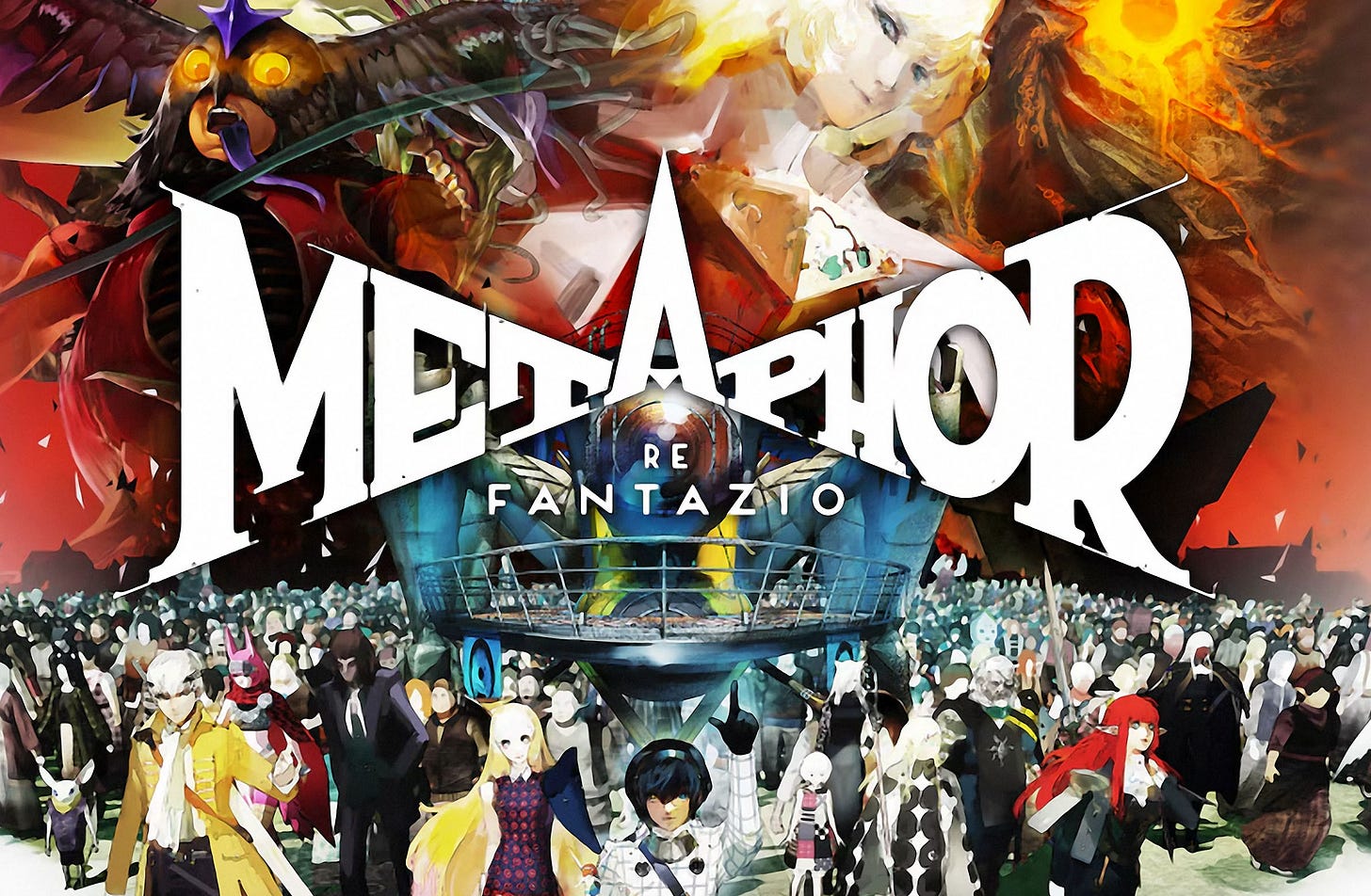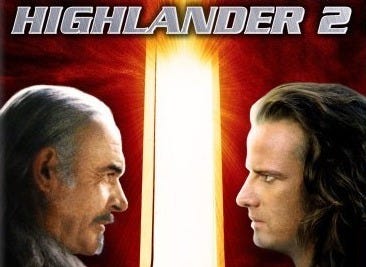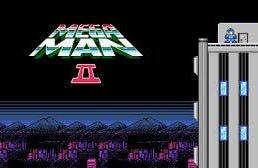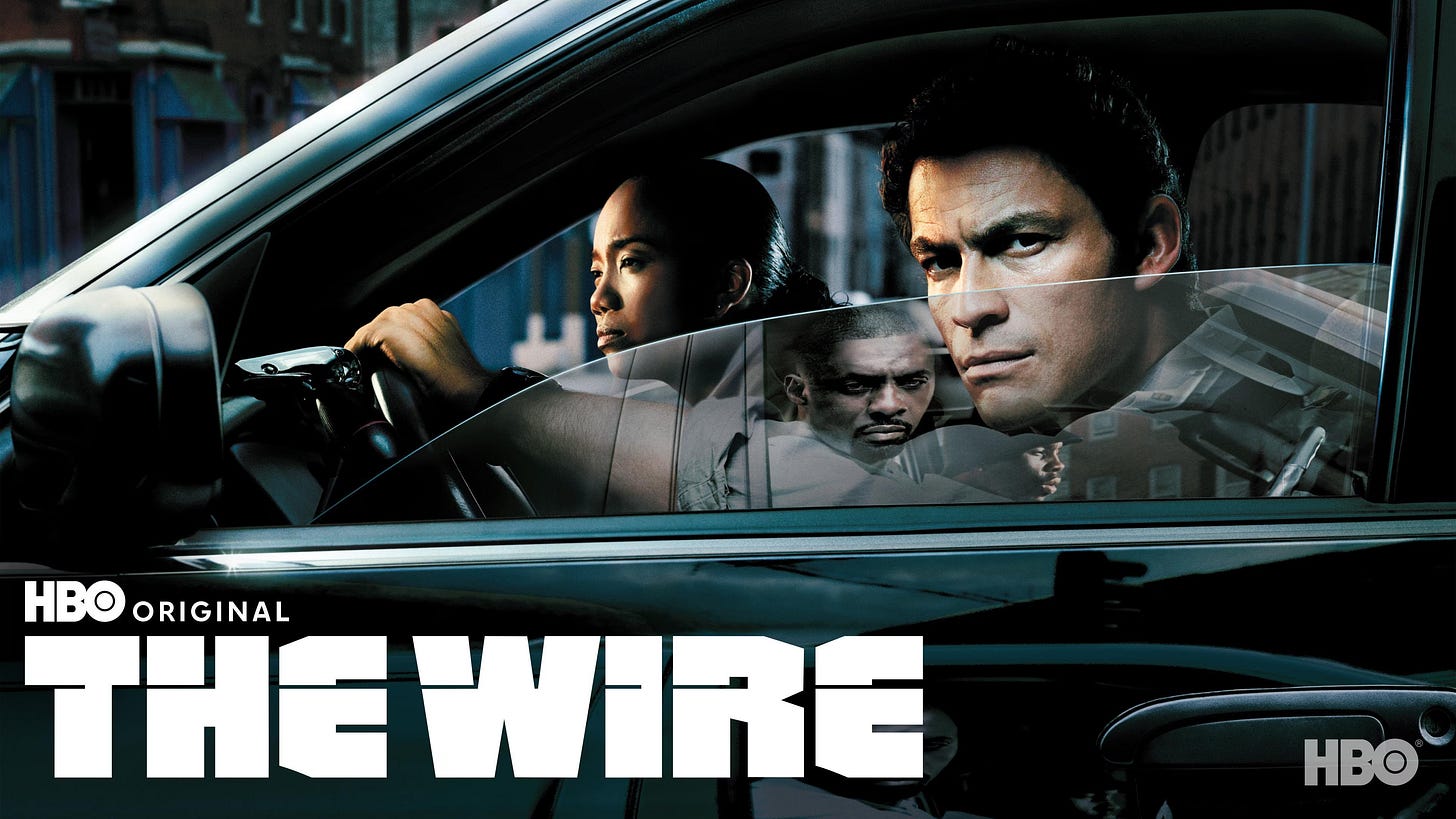Working at the intersection of stories and games brings a lot of contradictions. One of the biggest comes when you’re working on sequels.
In my career, I’ve worked on seven different games that have seen publication (with one still in the pipe). Of those games, only two weren’t a sequel or expansion of an already existing franchise (those would be Kingdoms of Amalur: Reckoning and Evolve). Now, there are lots of reasons why game publishers prefer to fund sequels and spin-offs — never underestimate how much publishers appreciate the built-in advertising boost of a pre-existing franchise — but suffice it to say, I’ve worked on a lot of sequels.
Which is interesting, because while the cliche for books and films is the “the sequel is never as good as the original”, the opposite is often true for games. There are exceptions of course, but there are some systemic reasons why these two types of media tend to handle sequels differently.
Sequel Stories — trying to find a new tale to tell
We all know the cliche about sequel stories, whether they’re in books or movies, or even just a TV series that runs a season or two longer than it should have: “What more is there to say?”
Because stories are, at their heart, about saying something. Whether you mean it to or not, a story is a thesis statement about a subject.
Most stories eventually get to a point where they’ve explored all the setting’s questions, wrapped up all the loose threads, and simply don’t have anything more to say. Continuing would just be repeating the same thesis statement, to diminished effect.
Because the average story is made to be self-contained. The characters, problems, and world are built to address the themes that the author wants to address, and the story doesn’t feel complete until they’ve done so. And then, if it has a happy ending, there’s not a lot of remaining problems to be addressed in further stories. The concept has been wrung dry, and you’re not going to be able to get much more story juice from it without doing something drastic.
Working on a direct sequel, where you have to keep the focus on the previous story’s characters directly after the previous resolution, can be a miserable prospect. You have to either invent a new conflict (a new threat has appeared!), invalidate some of the previous story’s resolution (somehow, the emperor returned!), or go in a radically different direction with the subject matter (now it’s a comedy about trying to run a post-rebellion government?). Any of these changes are going to turn off some of the audience of the originals.
There are ways to handle this, but they require careful planning with the world-building and storytelling of the original pieces (I’ll talk about that later). If your world was built to tell just one story, squeezing a second one out of it is going to be a miserable experience for everyone involves.
Sequel Games — iterating on the formula
Games, by contrast, are about systems, and the experience the player feels when playing within them.
Those systems can still say something — especially when there’s a story attached to it — but the experience itself is had by the player, and that can always feel fresh to them, if only because players grow and change over time.
As a result, when you make a sequel to a game, you generally build on the previous game’s system, making it a little more complicated, a little more nuanced, tweaking it the way all gamedevs do during the iterative process of making a game. And so, when a player who enjoyed the previous game’s system plays the sequel, they find the old system pleasantly familiar while delighting in the new additions to that system.
You especially find this with players who have grown up alongside long-running franchise games; the simplicity of the original game grows and matures in its sequels alongside their audience. Consider the comparative simplicity of the original Pokemon games with the sprawling complexities of their latest evolutions — and the fans who have grown alongside it, always striving to catch ‘em all.
There is, of course, a point where a game’s systems can become so convoluted that it collapses in on itself — or so daunting that it prevents new players from getting into the franchise. But those are generally the points where a studio will reboot the series with stripped down reinventions of their systems, keeping the parts that are best at evoking an experience they want and jettisoning the rest.
So how can you build a setting that allows stories to do the same?
A well-built world supports many stories
There is a trick to making a story where you can support sequels, and to understand if you just have to take a look at any multi-season TV series:
Build a world that supports many stories.
Now, good, sustainable world-building is an art to itself, and doing the subject justice would demand its own article (or even its own book). But for now, let’s just take a look at one example we can learn from.
There are many good examples for this, but I think the best one for game development might be, against all odds, The Wire.
When David Simon wrote The Wire, his goal was to explore the many ways that America’s War on Drugs impacted different aspects of a city, and he set it in Baltimore, an example that he was very familiar with, having been a reporter there for twelve years. And while each season tells a complete story with its characters, every new season moves the scope of the series to a different aspect of the city, introducing new characters and conflicts, even as you can see old ones turning up now and then.
This gives a remarkably comprehensive look at the rules and requirements that drive everyone involved in the system, and makes a strong thesis about the War on Drugs, and how it comprehensively fails not only the institutions of the city, but corrupts them and makes them more dysfunctional. And over each season, we see that thesis made clear in a new way, by using a different lens to view the same setting and characters.
I’ve often thought about how a sim or citybuilding style game that takes this same multi-lens approach as The Wire could make a fascinating change for a genre that often feels very sterile. Breaking up a game like Sim City into chapters exploring different needs within the player’s city from different perspectives (perhaps zooming into an individual’s The Sims-style life and then back out to the city scale) could open many doors for storytelling in the genre.
It could even provide that holy grail for so many publishers: a story-creating system where there’s always room for another sequel.
But there’s an alternative option, as well…
Not everything needs a sequel
Sometimes, you should just let a single story be self-contained, even as it uses the mechanics of an established game.

Japanese RPGs have a good history of this, whether it’s every Final Fantasy game creating a new world from scratch with familiar themes, or Metaphor: ReFantazio using an updated version of Persona’s mechanics with a new setting and characters.
This lets you keep the gameplay systems that you’ve refined over time, while always getting the benefit of a fresh cast of characters, conflicts, and so forth. Your game mechanics will still provide some limit of the exact stories you can tell with them, of course, but that’s the experience that players are looking for in a sequel, anyway.
Admittedly, that does mean investing more time into pre-production and development of that new setting and characters, but you’ll notice that both Atlus and Square Enix can minimize that cost by maintaining a fairly familiar art style in their sequels, which at least gives them a good guide for where to start on that new production.
But more than that, it requires courage, and that’s something that can be surprisingly rare from publishers. Especially these days, where publishers see sequels as a necessity for making enough profit to cover investments, it can be difficult to convince a publisher to let you change anything from a successful formula.
But as we’ve seen, that sort of change is vital to making a sequel where the story can feel fresh. Even if a sequel builds on the old systems, it needs something new for a good story — whether it’s a new setting, or just a new perspective on the old one.








As a content creator, I've found myself on both sides of the sequel situation. I wrote a screenplay (Interactive Adventure) that hinted at a sequel, but with no intention of making one. The idea was to open up the imagination of the audience at the end. On the other side, once I had killed off nearly all the characters in my first eccentric novel (The Goddess, the Trilobite, and the Rest), a found that I had spent too much time developing them to simply abandon them, so my second eccentric novel simply followed them into a temporary afterlife (The Little Gray Wagon), and them dumped them into different formats and scenarios, even casting them into alternate roles. This held up through novels 2, 3 (The Watched Potboiler), and 4 (The Temporary Title), but novel #5 (What a Terrible Thing to Ca;ll a Horse!) seems to have been a little too calculated, so I decided to end the series after that. A couple of years later, though, I bumped into a fresh approach, resulting in novel #6 (All Routes Lead to Certain Death, Sooner or Later). Novel #7 (The Return of the Faraway Man) was the last actual sequel. Novels # 8 (The Killing Bard) and #9 (And Then She Turned the Page) both had completely different characters/casts, so they weren't sequels. I tried dusting off the old characters for another novel. but the thing collapsed, so I abandoned it. One original eccentric project plus 6 sequels was as far as I could go, and I broke just about every imaginable rule to do that much.